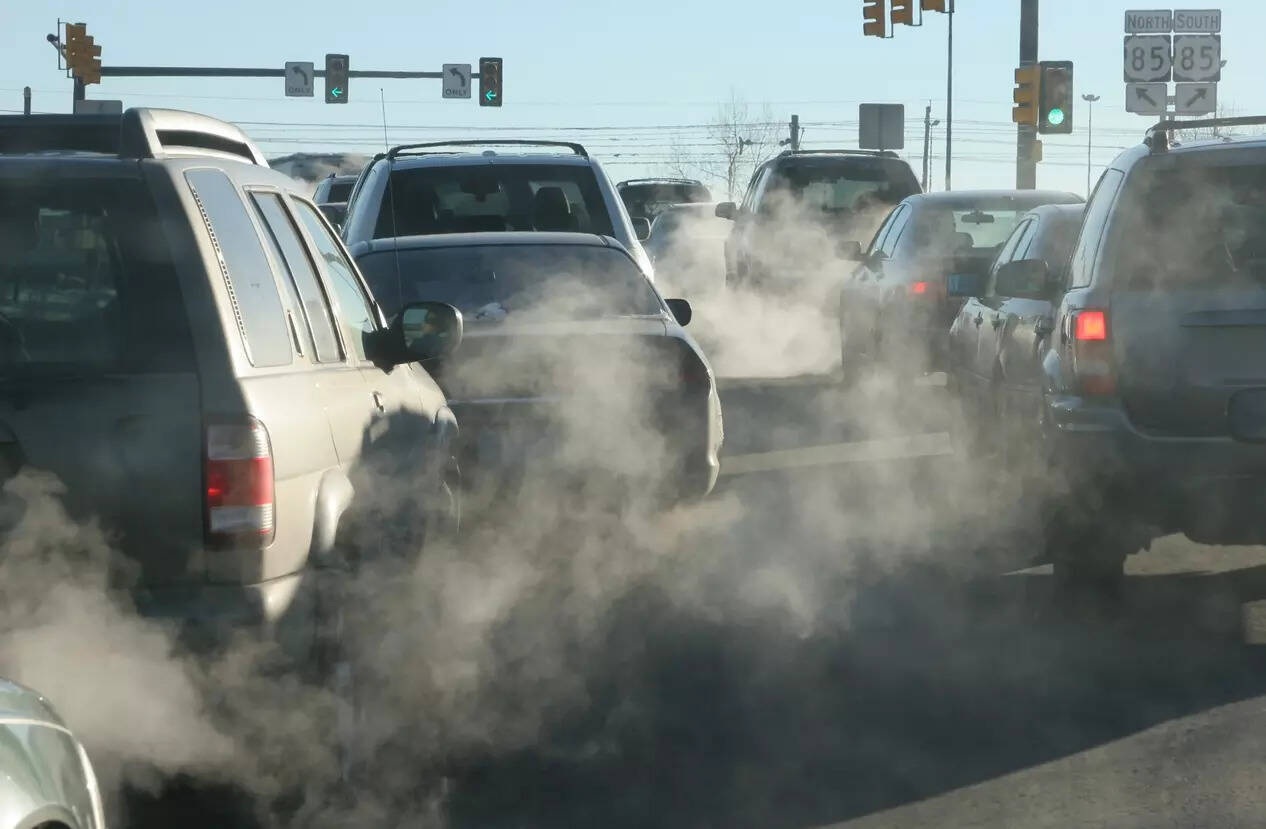
A recent study conducted as a part of the Real Urban Emissions (TRUE) Initiative has revealed that motor vehicles in Delhi and nearby Gurugram emit significantly higher pollutants in real-world operations compared to those measured in laboratory settings. The report underscores the urgent need to accelerate the transition to zero-emission vehicles, especially within high-emitting segments like commercial vehicles. Utilising non-intrusive remote sensing technology, the study tested exhaust emissions from various on-road vehicles, capturing over 100,000 valid measurements across 20 sites in Delhi and Gurugram.
Key findings from the study
The findings from the study, conducted with technical analysis by the ICCT, provide insights into the real-world tailpipe emissions of nitrogen oxides (NOx), carbon monoxide (CO), hydrocarbons (HC), and ultraviolet (UV) smoke, a proxy for particulate matter. These measurements were taken from a variety of vehicle types, including two- and three-wheelers, private cars, taxis, light goods vehicles (LGVs), and buses. The study uncovered essential patterns that could guide effective policy development aimed at reducing traffic-related pollution.
Key points from the report highlight that vehicles adhering to the latest Bharat Stage (BS) VI emissions standards show substantial improvements in reducing tailpipe emissions across all pollutant categories and vehicle types. For instance, real-world NOx emissions from private cars registered an 81% reduction, while buses exhibited a nearly 95% decrease compared to BS IV standards.
What are the shortcomings
However, despite these improvements, the study found that real-world emissions often remain higher than the set limits, especially for NOx. High-use commercial vehicles were identified as having emissions significantly higher than private vehicles. For example, BS VI taxis and LGV fleets emit 2.4 and 5.0 times more NOx emissions, respectively, than their private car counterparts. This pattern was also noted in compressed natural gas (CNG) vehicle fleets, which exhibited high NOx emissions, contradicting the perception of CNG as a ‘clean’ alternative fuel. For instance, Class II light goods vehicles were found to emit up to 14.2 times their NOx laboratory limits, while taxis emitted 4.0 times more NOx.
Amit Bhatt, India Managing Director of ICCT, emphasized the importance of addressing the discrepancy between lab and real-world emissions. “It is evident that real-world emissions from transport vehicles differ significantly from their laboratory values. For the first time in India, we have collected significant emissions data from motor vehicles on the road and it is crucial to remember that what impacts our air quality is not the laboratory emissions, but the pollutants released by these vehicles when they are in operation. Therefore, it’s time to reimagine our emissions testing regime and aggressively push for the adoption of zero-emission vehicles,” said Bhatt.
Sheila Watson, FIA Foundation Deputy Director, also commented on the findings, stressing the limitations of CNG as a fuel alternative. “This important research clearly shows India and the rest of the world that compressed natural gas is not the clean alternative fuel which was promised. While Delhi battles with dirty air, a visible killer hanging over the city, TRUE has shown that this less visible but still deadly fuel is not the answer. For health and for the climate, the solutions to dirty air are to switch to walking, cycling, and shared electric mobility,” said Watson.
What is AIS 170?
The report’s release coincides with a recent directive from the Supreme Court of India, which aims to finalise the Automotive Industry Standard (AIS) 170 and introduce remote sensing technology in the National Capital Region. AIS 170 will set the technical standards for remote sensing devices, equipping authorities to measure vehicle exhaust in real-time.
Anirudh Narla, Researcher at ICCT India, expressed optimism about the adoption of remote sensing technology. “Remote sensing technology has the capacity to non-intrusively screen tailpipe emissions from vehicles on a mass scale under real-world operations and aid in the identification of highly polluting vehicles. It is encouraging to see the Supreme Court of India and the Ministry of Road Transport and Highways now deliberating to move forward with the implementation of this technology beginning with the National Capital Region, coinciding with the context of this study’s findings,” stated Narla.
Anumita Roychowdhury, Executive Director, Research and Advocacy, Centre for Science and Environment, India, echoed the sentiment for transitioning to zero-emission vehicles. “Remote sensing as an on-road surveillance method can not only help identify and weed out the worst emitters, but also help understand emissions performance of different technologies and fuels. This shows that while the CNG transition has helped cut toxic particulate emissions from diesel vehicles during the early years, NOx emissions from on-road CNG vehicles without adequate controls can be high. This builds a case for the next big transition to electrification to make tailpipe emissions not cleaner but zero,” said Roychowdhury.
As more advancements in remote sensing and real-world emissions testing continue to unfold, it becomes increasingly evident that the path to cleaner air in cities like Delhi and Gurugram lies in the widespread adoption of zero-emission vehicle technologies.

